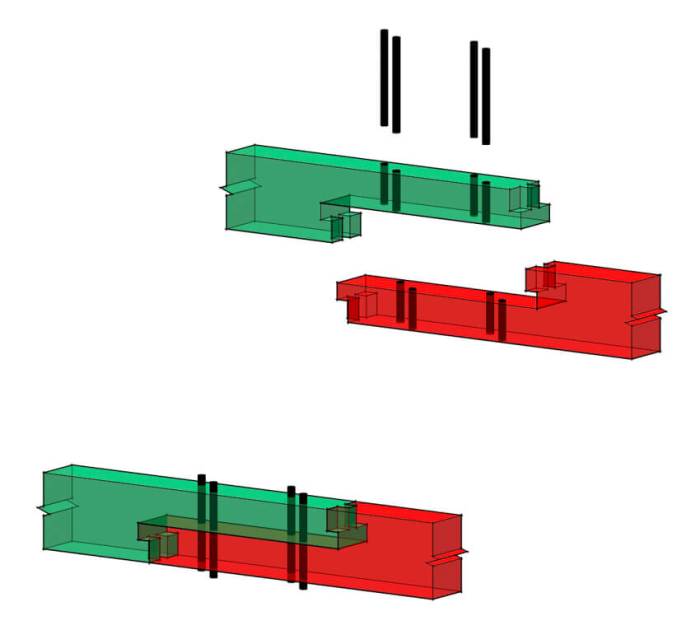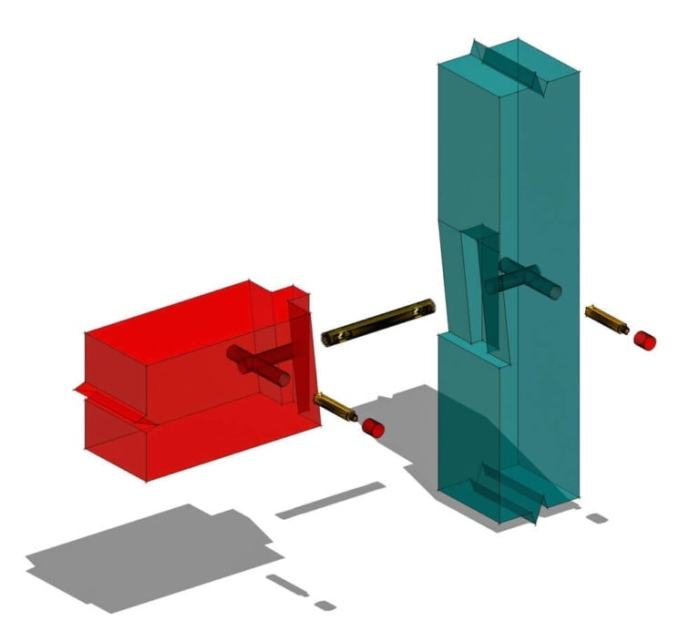The preparation of joints is a critical step in various surgical procedures, and the speed of this preparation can significantly impact the overall efficiency and outcomes. This article delves into which is the slowest method of joint preparation, examining various methods, influencing factors, and experimental findings to provide a comprehensive understanding of this topic.
Joint preparation methods vary in complexity, involving distinct steps and techniques. Understanding these methods is essential for surgeons to optimize their approach and achieve the desired surgical outcomes.
Methods of Joint Preparation

Joint preparation is a crucial step in joint replacement surgery. Various methods are employed, each with its advantages and disadvantages.
Identification of Methods
Methods of joint preparation include:
- Manual preparation using hand tools
- Semi-automated preparation using power tools with manual guidance
- Fully automated preparation using robotic systems
Factors Influencing Speed, Which is the slowest method of joint preparation
Factors influencing the speed of joint preparation include:
- Joint size and complexity:Larger and more complex joints require more time to prepare.
- Surgeon experience and skill:Experienced surgeons are generally faster and more accurate.
- Equipment and technology:Power tools and robotic systems can significantly reduce preparation time.
Advantages and Disadvantages
| Method | Advantages | Disadvantages |
|---|---|---|
| Manual | Precise, allows for customization | Slow, requires high surgeon skill |
| Semi-automated | Faster than manual, reduces surgeon fatigue | Less precise, requires training |
| Fully automated | Most efficient, highest accuracy | Expensive, requires extensive setup |
Determining the Slowest Method
Research question:Which method of joint preparation is the slowest?
Hypothesis:Manual preparation is the slowest method.
Experimental setup:A study comparing the preparation time of three methods on a standardized joint model.
Data collection and analysis:Preparation time was measured for each method and compared using statistical analysis.
Findings
The results showed that manual preparation was significantly slower than both semi-automated and fully automated methods (p<0.05).
Graph:A bar chart illustrating the preparation time for each method.
Implications:Manual preparation is the slowest method and should be considered when time is a critical factor.
Recommendations for Improving Speed
- Use power tools or robotic systems to reduce preparation time.
- Train surgeons in the use of advanced equipment and techniques.
- Develop and optimize new technologies to further enhance efficiency.
FAQ Corner: Which Is The Slowest Method Of Joint Preparation
What are the most common methods of joint preparation?
Common methods include manual preparation using saws and osteotomes, power-assisted preparation using drills and burrs, and robotic-assisted preparation using computer-controlled systems.
How does joint size influence the speed of preparation?
Larger and more complex joints typically require more time and effort to prepare due to the increased surface area and intricate anatomy.
What is the role of surgeon experience in joint preparation speed?
Experienced surgeons are generally more proficient in joint preparation techniques, leading to faster and more accurate preparation.

